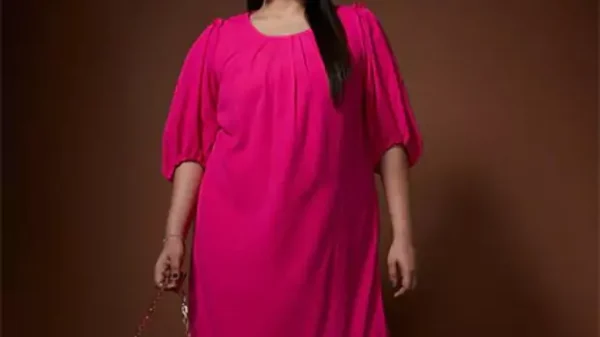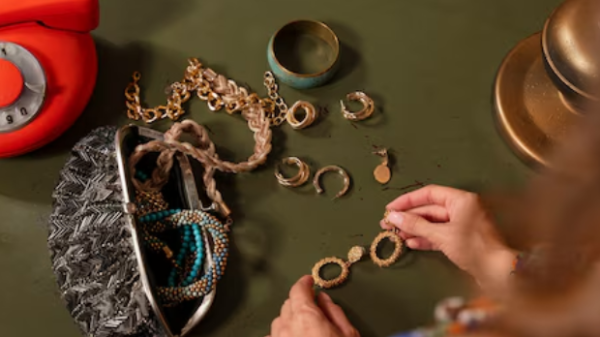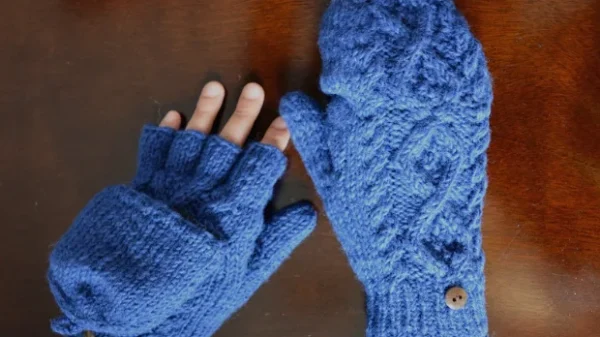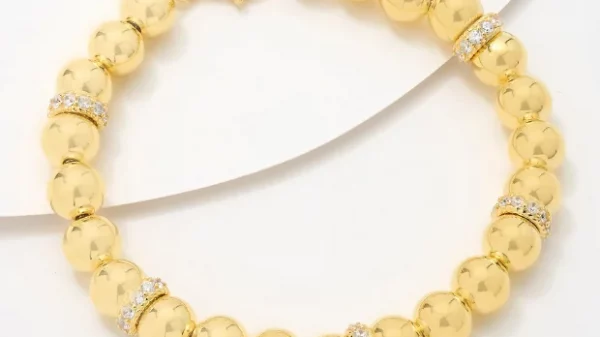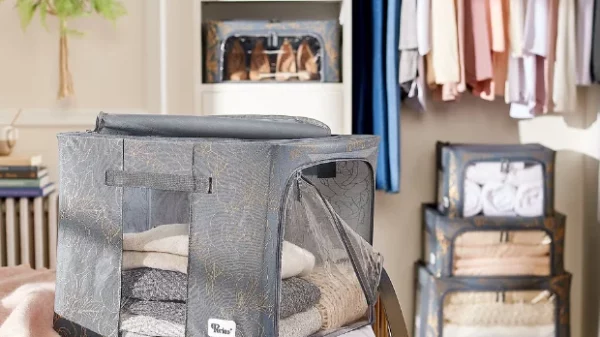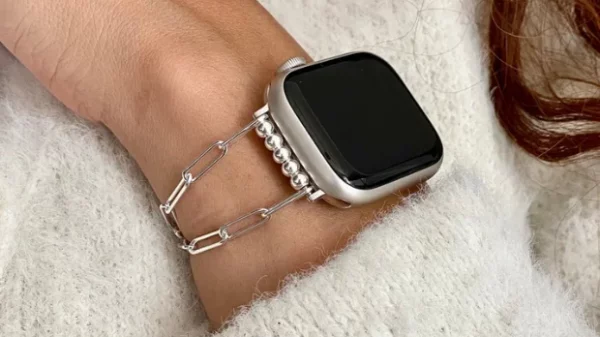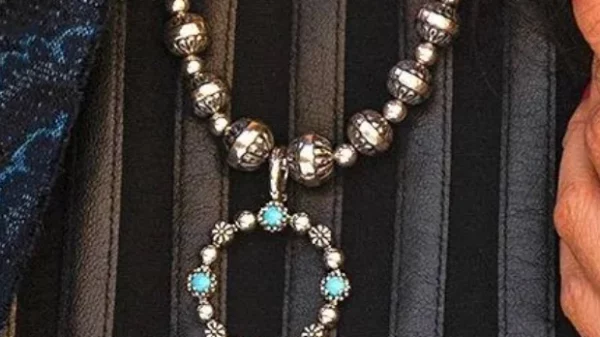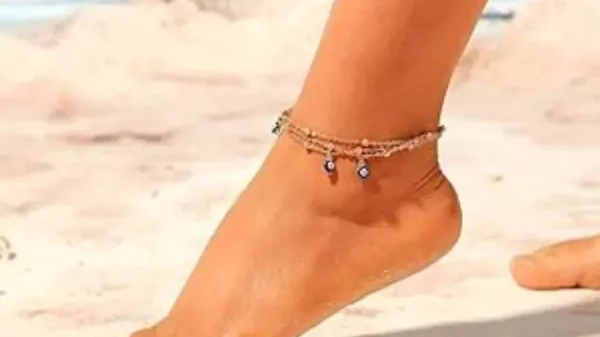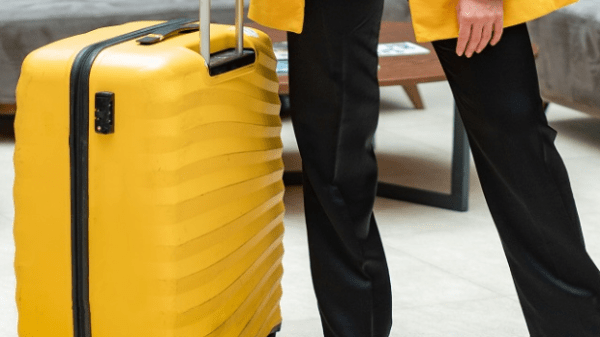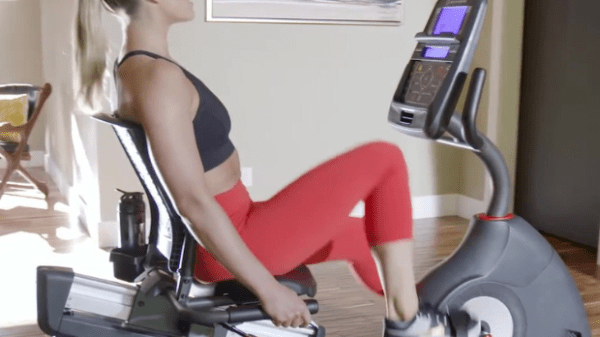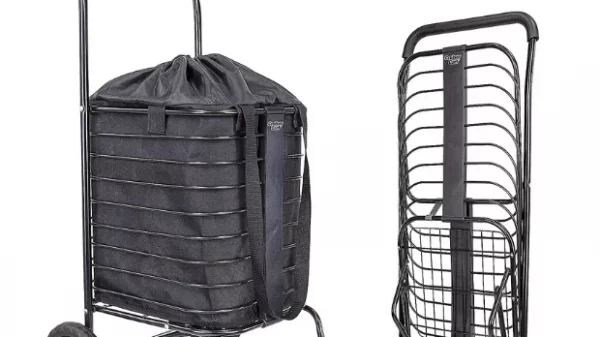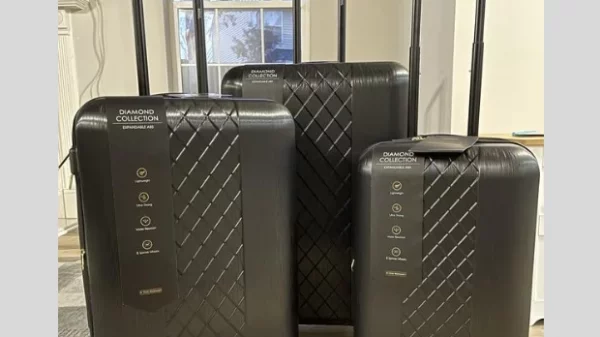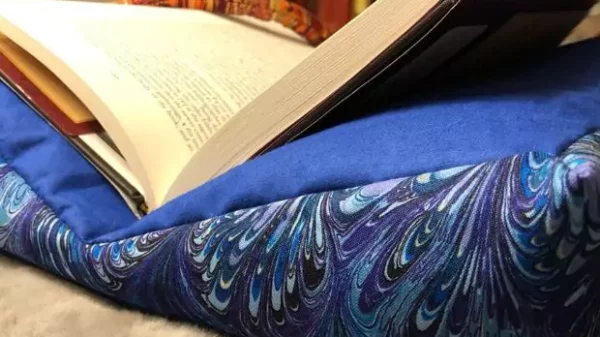It’s crucial to have the right running shoes to prevent injuries, improve your performance and protect your feet. Even though it might feel like a trivial purchase at first glance, not having the right pair of running shoes can lead to complications that may sideline you from training for a long time. Fortunately, there are several things you can do to assess your unique foot type and find the best running shoes for your specific needs. There are many brands and models of running shoes on the market today. Knowing what kind of shoe you need is essential before making any purchases. It’s important to understand what makes one pair different from another, so you can choose the one that is most suitable for your individual needs. Read on for more information about how to choose the best running shoes for your feet!
Assessing Your Foot Type
Before you start searching for the best running shoes, it’s important to figure out your foot type. This will help determine your foot shape, arch type, and what type of surface is best suited for running. Here are a few common foot types:
Flat Feet – If your foot has no arch, you likely have flat feet. This is a very common foot type, affecting around 25% of the population. The good news is that you can still run with flat feet, as long as you choose the right running shoes.
Normal Feet – Having normal feet means that you have a medium arch that is neither high nor low. Normal feet are the most common foot type, making up approximately 50% of the population. People with normal feet can run in a variety of different running shoes.
High-Arched Feet – High-arched feet feature an arch that is higher than normal. Around 15% of people have high-arched feet. People with high-arched feet should look for running shoes that offer both cushioning and support.
Low-Arched Feet – Low-arched feet have an arch that is considerably lower than normal. Around 5% of people have low-arched feet. You should look for a pair of running shoes that offers both cushioning and support for low-arched feet.
What to look for in running shoes
There are a few key factors to keep in mind when shopping for running shoes. The first thing to consider is your foot type. People with low-arched feet, for example, should look for a running shoe with plenty of cushioning. If you have flat feet, however, you’ll want to look for a running shoe that offers plenty of support.
Weight – The first thing to look at is the weight of the shoe. A heavy shoe will put more pressure on your foot and cause you to fatigue more quickly. This can lead to injury, so always look for a lightweight shoe. It’s best to choose a running shoe that is around 8 ounces or less.
Drop – Drop is the difference in height between the heel and the forefoot of a running shoe. Heel-to-toe running is common practice, as it reduces the amount of stress placed on your knees. Look for a high-quality running shoe with a drop of around 10-12mm.
Durability – To prevent injuries, it’s important to find a pair of running shoes that lasts. It’s also a good idea to have more than one pair of running shoes depending on the type of terrain you run. A durable pair of running shoes will help prevent you from getting injured, which can be costly and time-consuming.
Arch Type – It’s important to pick a running shoe that matches your arch type. A low-arched foot, for example, should look for a running shoe with plenty of support. A high-arched foot, on the other hand, should look for a running shoe with ample cushioning.
Surface – The surface you run on plays a major role in choosing the best running shoes. If you run on a dirt trail, for example, you’ll want a shoe that offers plenty of support. On the other hand, a running shoe that offers plenty of cushioning is the best choice for pavement.
How to test your shoe fit
Before you commit to a particular pair of running shoes, it’s a good idea to test the fit with your current running shoe size. This will allow you to make sure the shoe is the right fit and that it doesn’t cause any discomfort. To test your shoe fit, follow these easy steps:
Wrap the tape measure around your foot and mark the length at the end of your big toe.
Place the shoe on your foot, lining up the mark with the end of the shoe.
Make sure the shoe is evenly snug around your entire foot.
Make sure the heel of the shoe is securely in place.
Check to see if the toes are pressed against the front of the shoe.
Shoe types
There are many different types of running shoes to choose from. Here are a few examples of different running shoe types:
Neutral Running Shoes – The best running shoes for neutral runners are ones that offer plenty of cushioning. This is because it absorbs the shock of each footfall when running. A neutral shoe is suitable for runners with normal feet.
Stabilized Running Shoes – The best running shoes for people with low arches are stabilized shoes. Stabilized running shoes have a higher heel to provide ample support for people with low arches.
Motion Control Running Shoes – For people with high arches, motion control running shoes are the best running shoes. These shoes are great at reducing the pronation, while also offering plenty of support.
Transition Running Shoes – Transition running shoes are best for people who are making the transition from walking to running. Transition running shoes offer a combination of cushioning and support.
Trail Running Shoes – The best running shoes for trail running are trail running shoes. They offer plenty of support and traction for uneven surfaces.
Racing Running Shoes – The best running shoes for racing are racing running shoes. These specific shoes are lightweight and offer plenty of support with a low heel-to-toe drop.
Bottom Line
Finding the best running shoes for your feet is essential for injury prevention and performance enhancement. The first step is to assess your foot type, followed by picking out a pair of running shoes that suit your arch type. Once you’ve found a pair of running shoes that fit your foot type, you can test your shoe fit to make sure it’s the right fit.

